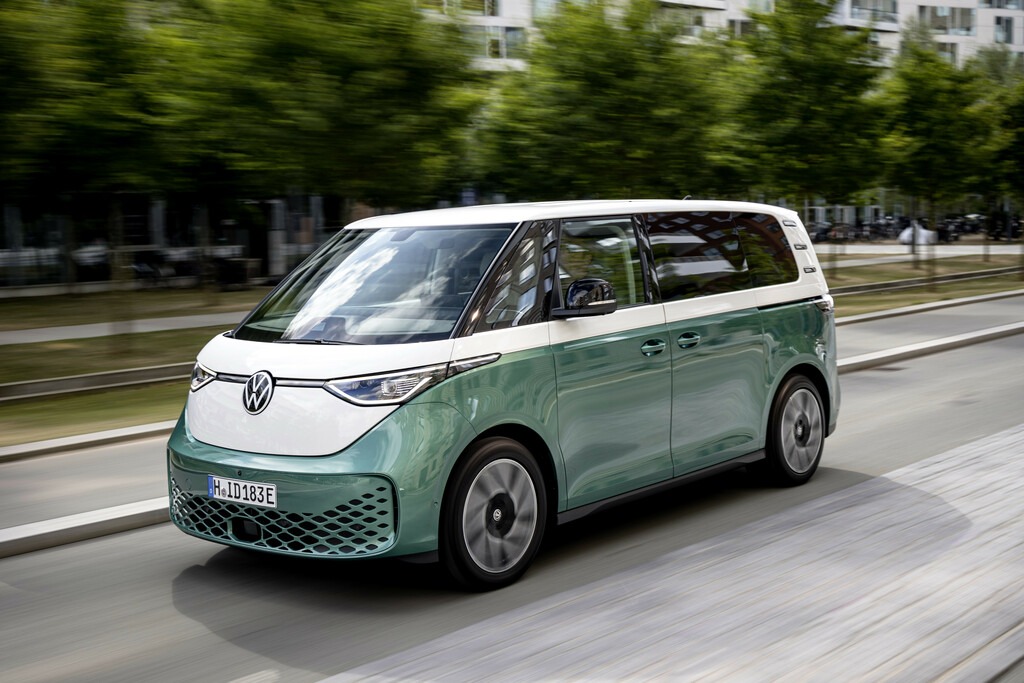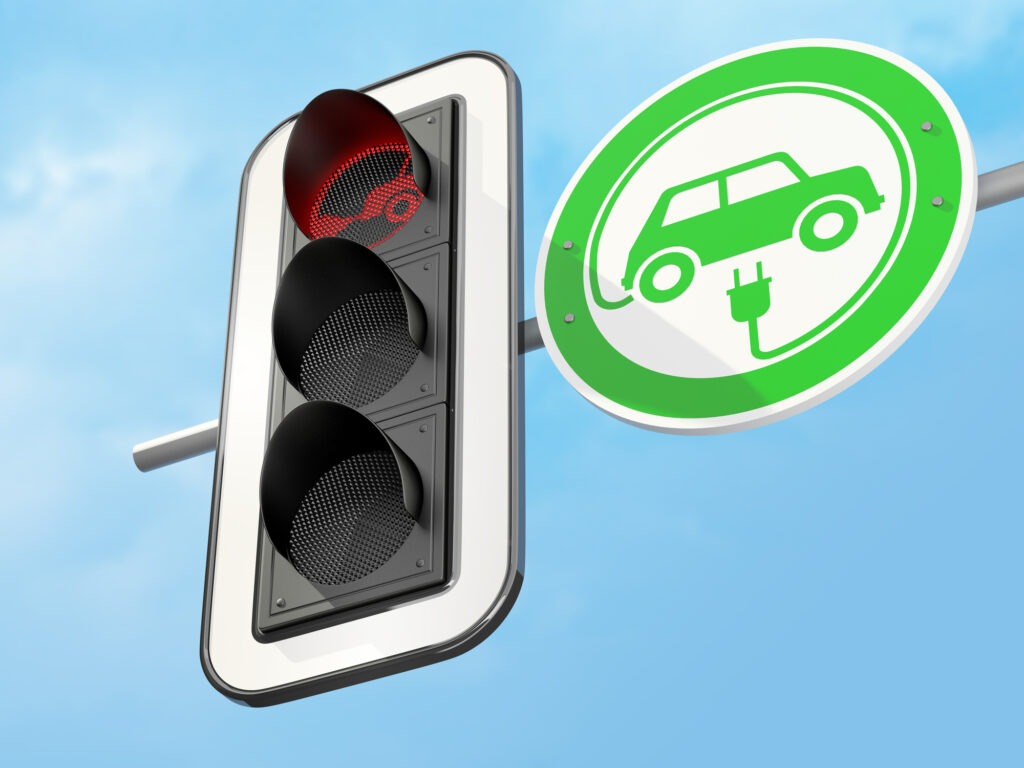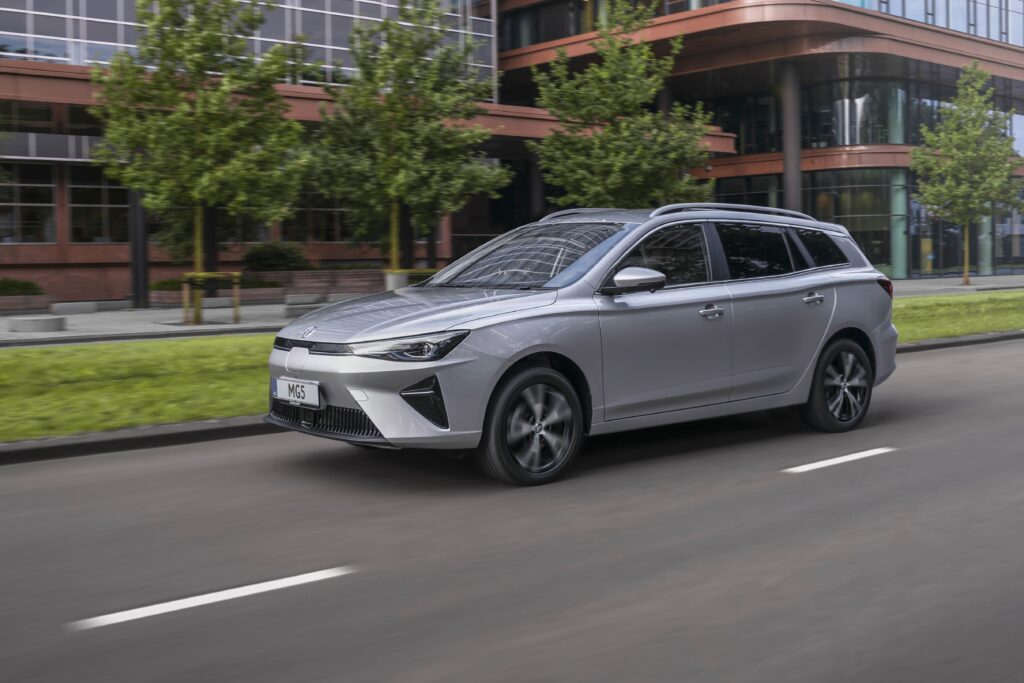October double-digit growth masks deterioration of European new-car market
22 November 2022

The EU new-car market posted a third consecutive month of year-on-year growth in October. The 12.2% gain exceeded the 9.6% growth recorded in September but was against a lower base of comparison.
The latest data released by the European Automobile Manufacturers’ Association (ACEA) show that 745,855 new cars were registered in the EU last month. Registrations in the wider European region increased 14.1% year on year, exceeding 900,000 units, buoyed by a recoupling of the UK market.
October’s figures do not suggest disruption to the gradual improvement of new-car supply, which has been constrained by semiconductor shortages as well as challenges caused by the war in Ukraine and COVID-19 lockdowns in China. However, there are signs that the cost-of-living crisis engulfing the region is weakening underlying demand.
Given this, Autovista24 has downgraded its new-car market outlook for 2022 with lower forecasts for France, Germany, Italy, and Spain. This downward revision outweighs the improved UK forecast and the outlook for the wider European region is therefore weaker too. Furthermore, the outlook for 2023 and beyond is poorer as financial pressures mean weaker demand will negate supply improvements.
UK surpasses expectations
All five of Europe’s leading new-car markets posted year-on-year gains last month, ranging from 5.5% in France to 26.4% in the UK. However, the UK alone exceeded Autovista24’s forecast for the month. The net effect was that the volume of new-car registrations across all five markets, just under 650,000 units, was about 50,000 units – or 7% – lower than predicted.
UK new-car registrations increased by more than a quarter (26.4%) last month, to 134,344 units. Activity rebounded following weakness in September, which was partly derailed by the period of national mourning surrounding the funeral of Queen Elizabeth II. Furthermore, the seasonally-adjusted annualised rate (SAAR) recovered to nudge two million units, following the slump to 1.4 million units in September.
However, with only 1.34 million new cars registered, the market contracted by 5.6% in the year-to-date and is about a third smaller than in pre-COVID 2019. As supply shortages persist and the cost-of-living crisis shows no sign of abating, the outlook for the country’s automotive sector remains uncertain.
Autovista24 predicts that the SAAR will drop back below two million units in November and December, resulting in 1.58 million new-car registrations in 2022, down 3.9% on 2021. Although countless new-car orders will not be fulfilled this year, the weaker demand assumption means Autovista24 has subtly reduced its new-car registrations outlook for 2023, to 1.79 million units.
France repeats growth
New-car registrations in France amounted to 124,982 units last month, with the 5.5% growth repeating the upturn witnessed in September. However, the base of comparison was lower as the October 2021 contraction (-30.7%) was more dramatic than in September 2021 (-20.5%). Accordingly, the SAAR fell back below 1.5 million units, from 1.8 million in September.
Three consecutive months of growth mean the cumulative decline in the year-to-date has improved to 10.3%. Nevertheless, the 1.24 million new cars registered in the first 10 months of this year is 600,000 fewer than in the same period in 2019.
Autovista24 assumes that the French new-car market will perform better in the last two months of 2022 than in October, but the forecast of 1.53 million units marks a 7.8% decline on 2021. The outlook for next year has been reduced to 1.78 million new-car registrations, equating to growth of 16.1%. This is 19.8% lower than the 2.2 million new cars registered in 2019, prior to the COVID-19 pandemic.
Misleading improvements in Germany and Spain
New-car registrations in Germany have grown in each of the last three months, jumping 16.8% in October after the 14.1% and 3% growth recorded in September and August, respectively. This appears to be an improvement, but the October data is set against a low base of comparison, with the figures not meeting Autovista24’s expectations. During the first 10 months of 2022, the German new-car market contracted 5% year on year, falling to 2.08 million units.
The SAAR dropped from 2.77 million units in September to 2.64 million units in October. Autovista24 has revised its forecast and projects that new-car registrations will see a 4% decrease in 2022, to below 2.52 million units, before gaining 13.5%, to 2.86 million units, in 2023.
A total of 65,966 new cars were registered in Spain during October. The year-on-year growth, of 11.7% was slightly weaker than the 12.7% gain in September, even against the lower base of comparison of October 2021, when the market contracted 20.5% year on year. This means the SAAR fell below 900,000 units, having exceeded one million units in September for the first time this year.
In addition to supply shortages, economic uncertainty and increasingly expensive loans are curtailing demand. Accordingly, Autovista24 subtly downgraded its forecast to 819,000 new-car registrations in 2022, marking a year-on-year decline of 4.7%. The 2023 forecast has also been reduced by over 20,000 units, meaning the Spanish market is not expected to exceed one million units again until 2024.
Modest gain in Italy
The Italian new-car market expanded 14.6% year on year last month, with 115,827 new cars registered. This growth exceeded the respective increases of 9.9% and 5.4% in August and September. However, the new-car market contracted by 35.7% in October 2021, compared to a 32.6% downturn in September 2021. The SAAR therefore only increased modestly to 1.43 million units, from 1.39 million units in September.
Aside from supply challenges, Italy is contending with falling consumer confidence and rising inflation. On the plus side, new-car demand is benefitting from purchase incentives for electric vehicles (EVs), which were reinstated on 25 May. Furthermore, at the beginning of August, the Italian government extended the availability of incentives to rental and leasing companies, which were previously excluded.
Nevertheless, these measures will take time to flow through to registrations, as evidenced by the modest market gain in October. Given this and mounting financial pressures, Autovista24 has downgraded its 2022 forecast to below 1.32 million units, a year-on-year decline of 9.7%. The outlook for 2023 has also been reduced to 1.57 million units. At this level, the market would be 18% smaller than in 2019.
European outlook downgraded
In the first ten months of 2022, cumulative new-car registrations in the EU amounted to 7.53 million units, marking an 8.1% downturn. Moreover, compared to the same period in pre-pandemic 2019, the EU new-car market has shrunk by almost a third.
Autovista24 assumes that supply bottlenecks will continue to ease in the remainder of 2022, but this was already factored into last month’s forecasts. The net effect of this month’s changes is that the 2022 outlook for EU new-car registrations has been reduced by 95,000 units to 9.11 million units, equating to a year-on-year contraction of 6.1%.
Expectations are weaker for the EFTA markets, but the upgraded UK outlook means the wider European region is forecast to decline by 5.9% this year, to below 11.1 million new-car registrations.
Although the cost-of-living crisis will reduce order intake, Europe’s new-car market will continue to rely heavily on fulfilling orders placed even before energy costs and inflation started to rise this year. For 2023, Autovista24 forecasts 12.84 million new-car registrations across the region, up 15.8% on the assumption for 2022.
Autovista24 anticipates an ongoing recovery of the continent’s beleaguered automotive sector in the medium and long term but has consistently downgraded the outlook. Accordingly, the volume of new-car registrations in Europe is not expected to return to pre-pandemic levels until the middle of the next decade.



